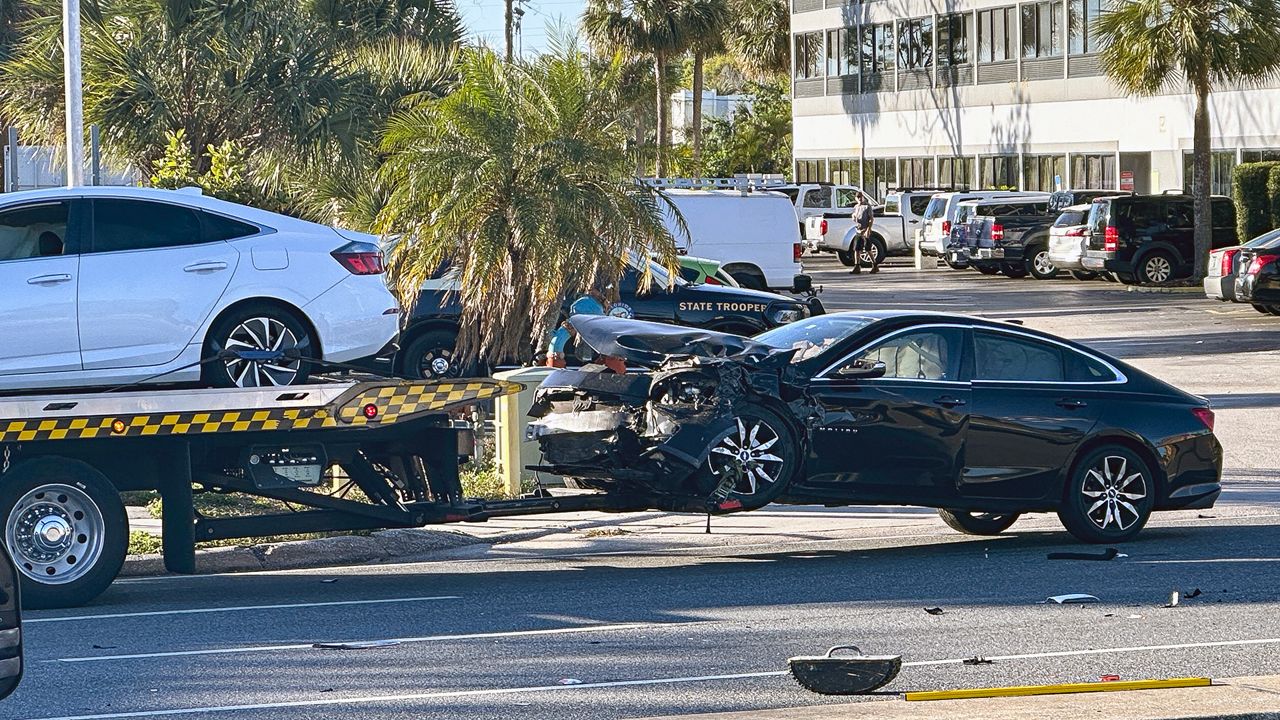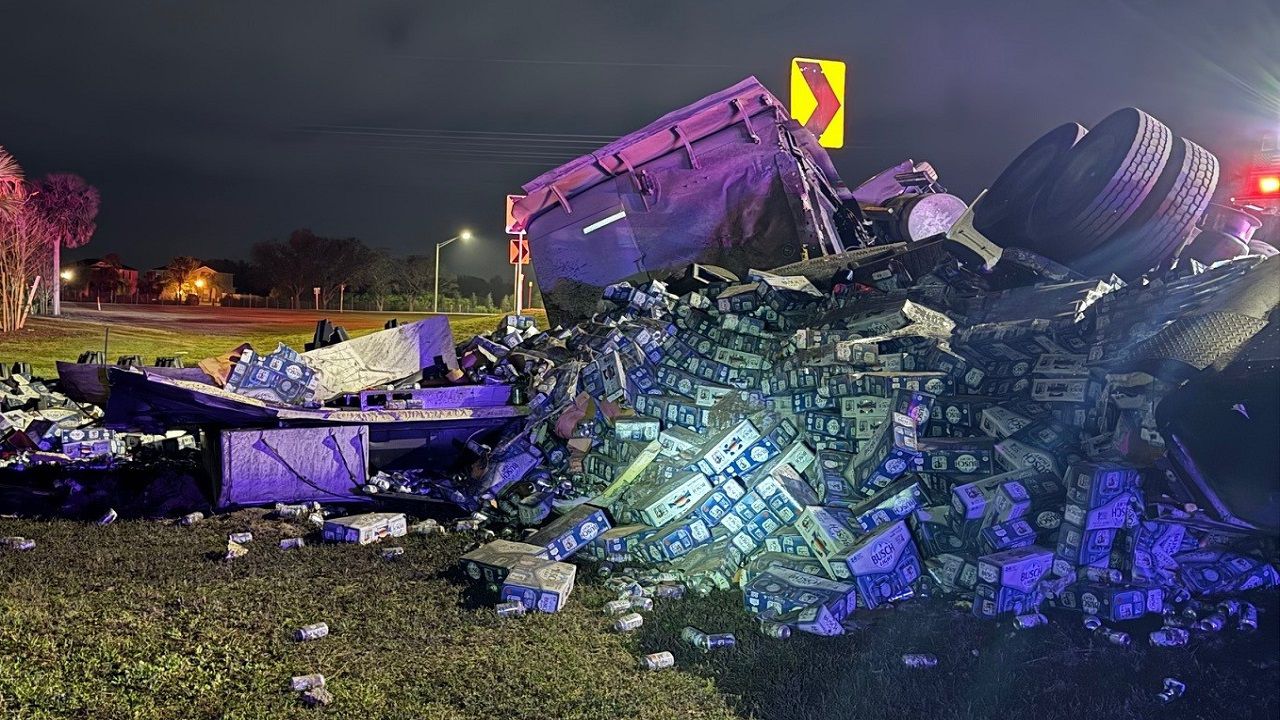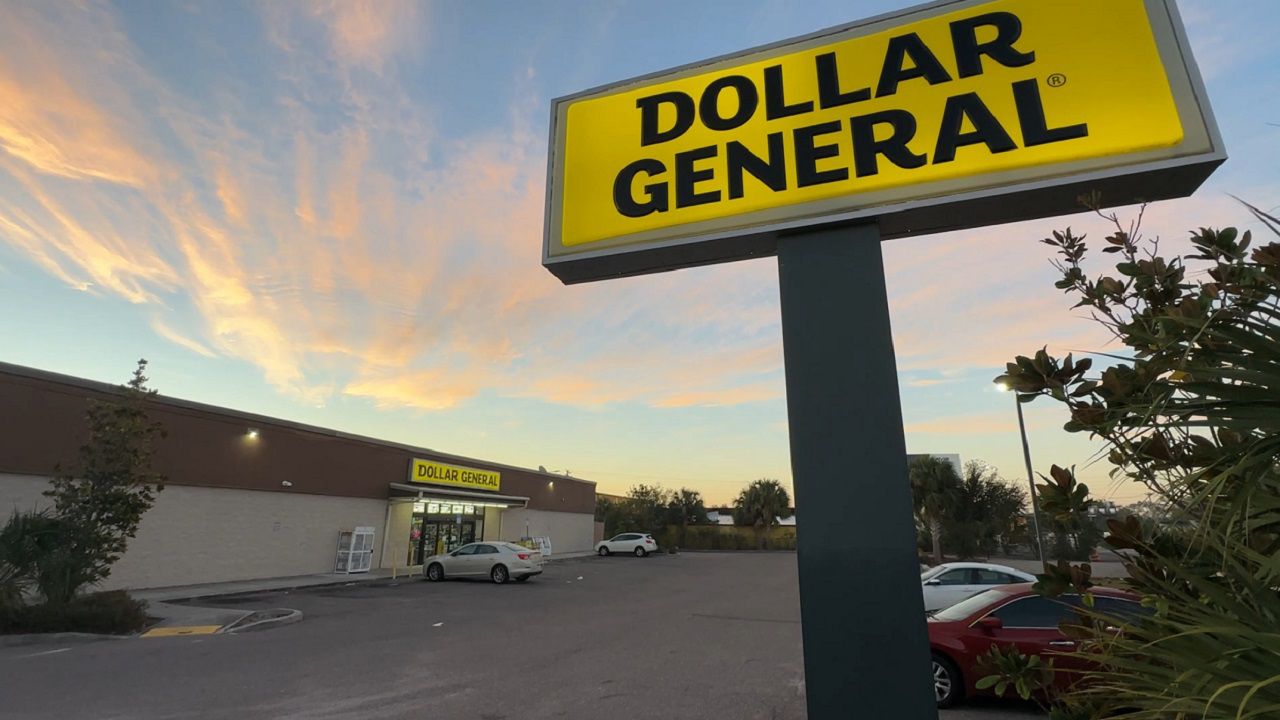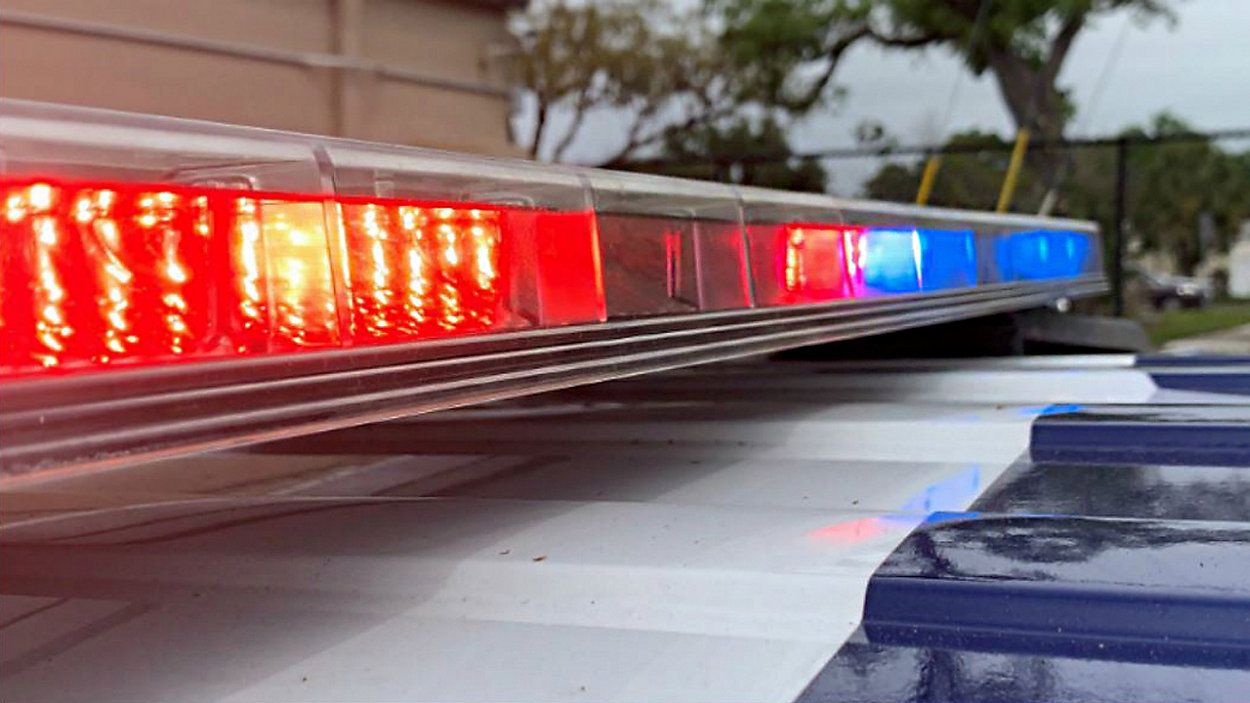STATEWIDE — Starting as soon as July 1, drivers in Florida might be allowed to use their hazard lights when driving in heavy rain on highways and interstates, but only if Gov. Ron DeSantis has signed off on the bill first.
What You Need To Know
- State lawmakers passed bill to allow use of hazard lights
- Drivers would be able to activate flashers during heavy rain on +55 mph roadways
- Gov. DeSantis has yet to sign off on the measure
- RELATED:
That is an abrupt change after years of being told not to put the hazard lights on while driving.
“The whole point of flashing lights is that you’re broken down or disabled. And hopefully on the side of the road,” said Bonnie Frank, manager of the drivers' education and testing program at the Florida Safety Council.
But many drivers have all been in a Florida summer downpour and spotted vehicles driving with their emergency flashers on, illegally.
State lawmakers during this spring’s legislative session approved Senate Bill 1194, which among other things allows Florida drivers to use their hazard lights “during periods of extremely low visibility on roadways with a posted speed limit of 55 miles per hour or higher.”
The change, which could still be vetoed by DeSantis, comes at odds with what law enforcement and safety experts have told Spectrum News.
A Florida Highway Patrol tweet from 2015 warns drivers from using their flashers unless they are stopped.
“When your flashing lights are engaged, your blinkers do not work because both of them are already happening,” said Frank, “so how do you know if they’re even going to go around?”
Proponents of the measure say when drivers are on the interstate or the expressway and they are in heavy rain where there is no good place to pull over, putting on your hazard lights makes it easier for other drivers to see them.
Frank says her team of instructors will follow the law, whatever that may be, but she is still concerned.
“My fear is people are going to say, ‘Well yeah, it’s raining and I can’t see, but I’ll just throw those flashers on and I can continue going 55 to 60 miles an hour and up,’” said Frank.
Very few states ban the use of hazard lights while driving. Most give exceptions when there is a hazard present.









